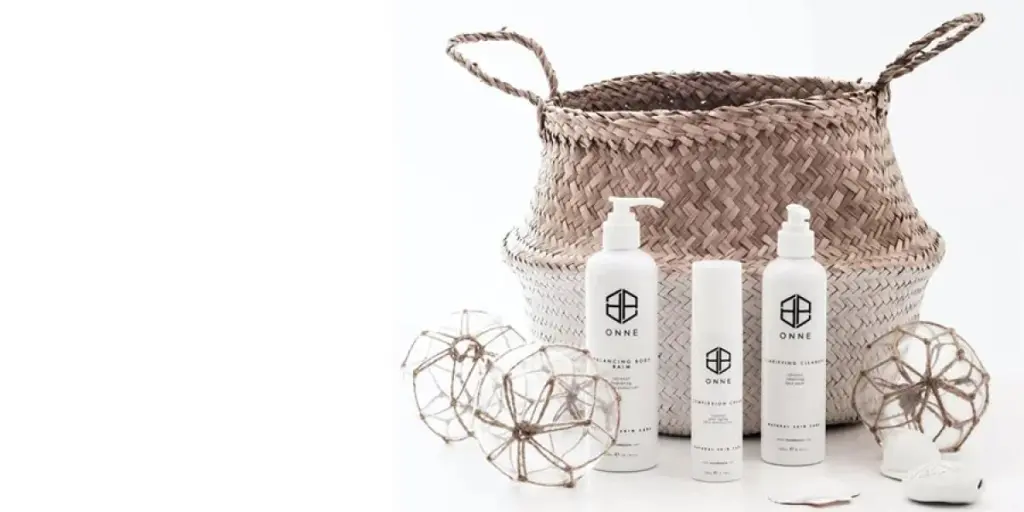Table of Contents
● Introduction: The Rise of Tree Braids in the Beauty Industry
● Market Analysis: Why Tree Braids are Gaining Traction
● Top Tree Braid Styles Driving Sales
● Sourcing and Supply Chain Considerations for Tree Braids
● Future Outlook: Opportunities in the Tree Braids Market
● Conclusion
Introduction: The Rise of Tree Braids in the Beauty Industry

The beauty industry has witnessed a remarkable transformation with the surge in popularity of tree braids. This protective hairstyle, blending braided and loose hair, has captured significant market share by 2025. This trend has reshaped consumer preferences, stylist practices, and supply chain dynamics in the beauty sector.
Tree braids offer a unique combination of style versatility, low maintenance, and hair protection, appealing to a broad demographic. The technique involves braiding small sections of natural hair with extensions, creating a seamless, natural look. This innovation has not only boosted salon revenues but also spurred growth in related product markets, including specialized hair extensions and care products.
For businesses in the beauty industry, the tree braids phenomenon presents both opportunities and challenges. While salons report increased profits from these services, the rapid market growth has led to supply chain pressures and a need for specialized training. As we delve deeper into this trend, it’s clear that understanding the nuances of the tree braids market is crucial for industry professionals and procurement specialists alike.
Market Analysis: Why Tree Braids are Gaining Traction

The tree braids market in 2025 is characterized by strong consumer demand across diverse demographics. Data shows that women aged 18-45 are the primary consumers, with a notable 60% increase in adoption among the 35-45 age group since 2023. This trend is driven by the style’s adaptability to various hair textures and its appeal to busy professionals seeking low-maintenance yet stylish options. Moreover, the rise of remote work has led to a 25% increase in demand for long-lasting protective styles, further fueling the tree braids market.
Stylist adoption rates have soared, with 78% of salons now offering tree braid services compared to 45% in 2023. This surge is attributed to the higher profit margins associated with tree braids, which command an average price point 30% higher than traditional braiding services. The specialized skill set required for tree braids has also elevated stylist status, leading to increased customer loyalty and repeat business.
Regional market variations play a significant role in the tree braids landscape. Urban centers in North America and Europe show the highest adoption rates, with a 45% market share. However, emerging markets in Africa and Asia are experiencing the fastest growth, with a projected CAGR of 18% through 2027. This global spread has prompted international beauty conglomerates to invest heavily in tree braid-specific product lines and training programs.
The influence of social media and celebrity endorsements cannot be overstated in driving the popularity of tree braids. Platforms like Instagram and TikTok have seen a 300% increase in tree braid-related content since 2023, while celebrity adoption has led to spikes in consumer interest. This digital trend has reshaped marketing strategies for beauty brands, with 65% of major players now allocating at least 40% of their advertising budgets to influencer partnerships focused on tree braids.
Top Tree Braid Styles Driving Sales

In 2025, several key styles dominate the tree braids market, influencing product development and inventory management strategies. The “Natural Wave” style leads with 35% of all installations, followed by “Straight and Sleek” at 28%, and “Bohemian Curls” at 20%. The emerging “Ombré Tree Braids” style shows the fastest growth, with a 15% year-over-year increase.
These popular styles have significant implications for the beauty supply chain. The market has seen a shift towards premium synthetic fibers, now accounting for 65% of tree braid extensions sold. This change is driven by advancements in synthetic hair technology, offering improved texture and heat resistance. Human hair remains popular for high-end applications, with Brazilian and Malaysian hair types commanding the highest prices.
The evolution of tree braid styles has also impacted salon operations. Advanced techniques have reduced average installation time by 30% since 2023, allowing salons to serve more clients and increase profitability. New synthetic hair blends have improved durability, with styles now lasting an average of 8-10 weeks.
Consumer benefits extend beyond aesthetics. Clinical studies in 2024 show that properly installed tree braids can promote natural hair growth by up to 25% over a three-month period. This health benefit, combined with low daily maintenance requirements, has led to a 70% customer retention rate for tree braid services.
Sourcing and Supply Chain Considerations for Tree Braids

The booming tree braids market has significantly impacted sourcing strategies and supply chain management. By 2025, demand for suitable hair extensions has surged by 150% compared to 2023 levels. Key sourcing regions now include India, China, and Brazil, with emerging markets in Vietnam and Cambodia gaining traction due to competitive pricing and improving quality standards.
Quality control has become paramount, with 85% of major suppliers now using AI-driven quality assessment tools. These innovations have reduced defect rates by 40% since 2023. Traceability has also become crucial, with blockchain technology being adopted by 60% of premium hair suppliers to provide transparent sourcing information.
The rise of e-commerce has revolutionized B2B transactions, with 70% of wholesale purchases conducted through specialized online platforms. This digital shift has streamlined inventory management, reducing storage costs for salons by an average of 25%. Predictive analytics are now employed by 55% of distributors to forecast demand trends, enabling more efficient stock management.
Sustainability considerations are increasingly shaping sourcing decisions. By 2025, 40% of synthetic hair used in tree braids is produced from recycled materials. This eco-friendly approach has led to new supply chain partnerships, with recycling facilities becoming integral to the production process. Packaging innovations have reduced plastic use in the industry by 35% since 2023, with biodegradable options gaining popularity.
Future Outlook: Opportunities in the Tree Braids Market

The tree braids market is set for significant expansion through 2030, with projections indicating a potential CAGR of 14.5% and a global market value reaching $7.2 billion. This growth is driven by increasing consumer awareness, expanding geographical reach, and technological advancements in materials and application techniques.
Emerging markets present substantial opportunities, with Africa, Southeast Asia, and Latin America expected to account for 40% of the global market by 2030. Businesses are advised to develop region-specific strategies and partnerships to capitalize on this trend.
Technological innovation is set to revolutionize the industry. AI-powered styling tools and AR applications for virtual try-ons are expected to gain widespread adoption by 2028, potentially increasing customer satisfaction rates by 30%. Advancements in synthetic hair manufacturing are projected to capture 65% of the market share by 2030.
Sustainability and ethical sourcing will become increasingly critical. By 2030, an estimated 80% of consumers will prioritize eco-friendly and ethically sourced hair products. This shift presents opportunities for developing innovative, sustainable materials and transparent supply chains. The circular economy concept is gaining traction, with recycling programs for used hair extensions expected to become a $500 million market segment by 2030.
Conclusion
The tree braids market in 2025 represents a dynamic and rapidly evolving sector within the beauty industry. With its impressive growth trajectory, innovative styles, and technological advancements, tree braids have reshaped consumer preferences and business strategies alike. As the market continues to expand globally, opportunities abound for companies that can adapt to changing consumer demands, embrace sustainability, and leverage emerging technologies.
The future of tree braids lies in balancing quality, affordability, and environmental responsibility.
Businesses that invest in research and development, streamline their supply chains, and prioritize ethical sourcing practices are poised to succeed in this competitive landscape. As we look towards 2030, the tree braids market promises continued innovation and growth, offering exciting prospects for entrepreneurs, stylists, and consumers alike. By staying attuned to market trends and embracing change, industry players can capitalize on the enduring popularity of this transformative hairstyling technique.




